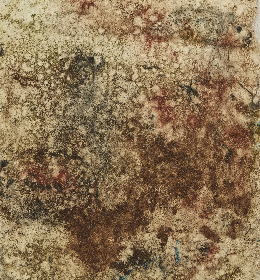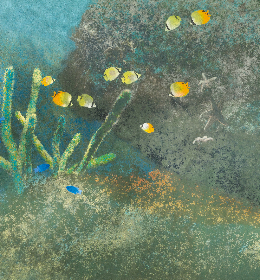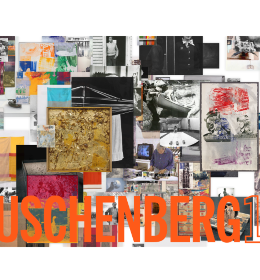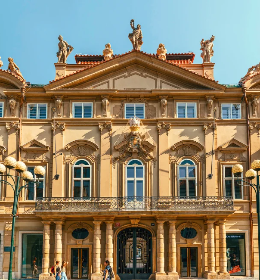Born in 1984 in Querétaro, Maauad studied architecture at the University of Puebla and went on to study at La Esmeralda art school. He is an artist and architect who began his artistic practice in an atypical way.
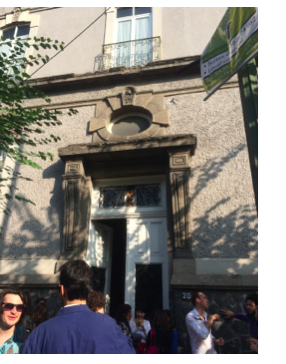 How did the idea of Casa Maauad come to mind and how long did it take you to realize it?
How did the idea of Casa Maauad come to mind and how long did it take you to realize it?
I’ve had the idea for Casa Maauad since I started studying at La Esmeralda, I wanted to discover new spaces for creation that I wasn’t able to find in Mexico City. Finding the space was the trigger for launching this independent, non-institutionalized, non-commercial project. Casa Maauad is located in an old colonial house which has been restored over many years to be able to receive projects and artists. Some of the rooms were rented very cheaply to local artists as studios and some still occupy these spaces. The exhibition space in the main house is separate from the living quarters where we host the artists.
In your view, why is a place like Casa Maauad important to the art scene in Mexico and internationally?
We have flexibility and we understand the artists from their point of view. It is not only that — the community factor that surrounds it makes it a special and unique way of producing and consuming art that is being explored by many other artist-run spaces.
How does the artist/curator selection happen in Casa Maauad?
At the beginning it was very organic, we chose artist friends known to us and to our team but we then decided to go for a open call every summer. This year we received 480 international proposals, of which 3 were chosen. In the end, the team makes a judgement, we share opinions and have discussions, we consider which projects might be worth it, who is relevant to Mexico and where Casa Maauad is going.
What have been, in your view, the most interesting projects hosted here?
Cristobal Leon and Cociña’s recent project La Casa Lobo, which turned Casa Maauad into an almost life-size stop motion animation studio where visitors could see the process of the shooting of their stop-motion animation film. The story is based on a controversial colony of German immigrants in Chile during the Pinochet dictatorship.
There is a project coming up during the Zona Maco Art Fair with Chantal Peñaloza, with whom we have wanted to work since the performance cycle, but hadn’t yet been able to set a date. It is a statement because she is Mexican but from outside of the city, we think this marks an interesting point in the path of Casa Maauad. We can work with Mexican artist in the country, we don’t want to be an exclusively international platform. This chance hadn’t yet presented itself because all of the artists we work with from Mexico live in Mexico City, so there is no real need for a “residency” as such as they are already networking in the city. Now, organically, it has come to the stage where we can include Mexican artists working outside the city to complement the international scope of the residency.
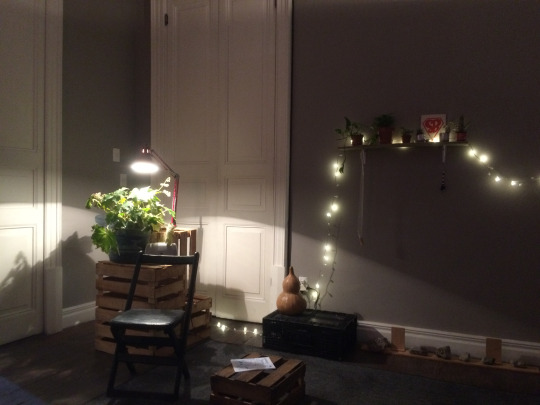
Ideally, if you were to be free from financial restraints, how do you see Casa Maauad in the future, what are your expectations?
If we had unlimited budget it would make our life easier, but I think the scale of the project, the building itself is very controllable and habitable. It wouldn’t be something huge because the core of the project is the personal scale and the intimacy it creates with everyone involved: The public with the artist, the artist with the local scene and the team, the people that represent us here and outside can come to know the scene on a personal level. In contrast to the cold, hermetic aspect that galleries and institutions have. We don’t think the fact that having more money would simply make things bigger, it would make them better and easier.
Photos ©Julia Libertad





